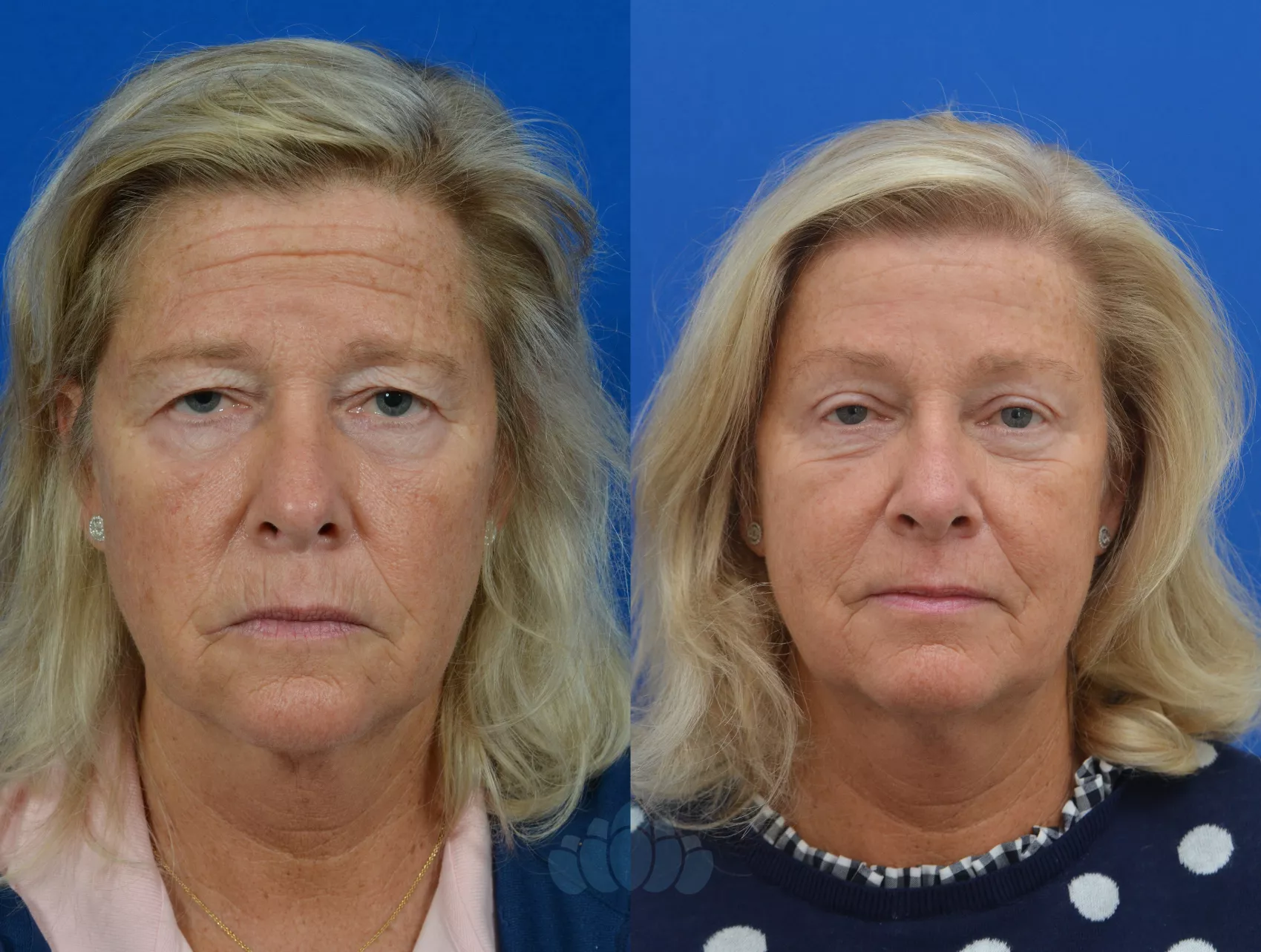
Our eyes show age quickly. Skin around them changes. You might notice sagging or puffiness. These changes can affect your appearance. They might even impact vision. Eyelid surgery offers solutions. Deciding on the right type is key.
Identifying Issues in Your Upper Eyelids
The upper eyelids often show aging first. Identifying issues in your upper eyelids is usually straightforward. You might see loose, hanging skin. This can create a hooded appearance. Sometimes, skin hangs over your lashes. This can even block your vision. Fat pockets might also protrude. These create a tired, heavy look. You might struggle to apply makeup. Or feel a constant heaviness. These are classic signs of upper eyelid concerns.
Drooping Skin Can Impair Vision
Beyond aesthetics, function is important. Drooping skin can impair vision. When excess skin drapes over the eyelashes. It can reduce your field of vision. Especially peripheral vision. This can make daily tasks harder. Driving might become difficult. Reading can be a strain. You might unconsciously lift your eyebrows. This strains your forehead muscles. It tries to compensate for blocked vision. This is a clear indicator for upper blepharoplasty.
Upper Blepharoplasty Addresses Sagging Skin
The surgical approach for upper eyelids is direct. Upper blepharoplasty addresses sagging skin. It removes excess skin. Sometimes, a small amount of fat is also removed. An incision is made along the natural crease. This helps conceal the scar. The underlying muscles are tightened if needed. The goal is to open up the eye. It creates a more youthful, alert appearance. This procedure can also restore vision.
Puffiness Below Your Eyes Is Common
Lower eyelids present different concerns. Puffiness below your eyes is common. This often appears as “bags” under the eyes. It’s caused by protruding fat pads. These fat pads usually cushion the eyeball. Over time, they can bulge forward. This creates a shadow and tired look. The skin below might also become loose. This contributes to a crepey appearance.
Lower Eyelid Bags Are Often Genetic
Many individuals inherit their lower eyelid issues. Lower eyelid bags are often genetic. They can appear even in younger people. Lifestyle factors can worsen them. Lack of sleep might make them more prominent. Dehydration can also contribute. However, the underlying cause is often inherited fat. This means creams offer limited results. Surgical intervention is often necessary.
Lower Blepharoplasty Targets Fat and Skin
Addressing lower eyelid concerns requires specific techniques. Lower blepharoplasty targets fat and skin. The goal is to smooth the under-eye area. Excess fat can be removed. Sometimes it’s repositioned. This fills hollows and reduces bulges. Loose skin is also carefully trimmed. The incision can be made externally. This is below the lash line. Or it can be made inside the eyelid. This method leaves no visible scar.
Skin Laxity Also Affects Lower Lids
Beyond fat, skin quality is a factor. Skin laxity also affects lower lids. As we age, skin loses elasticity. This leads to fine lines and wrinkles. It can also create a crinkled appearance. While fat removal helps, skin tightening is often needed. Your surgeon assesses this carefully. They determine the best approach. Sometimes, laser treatments can complement surgery.
Combination Surgery Is Often Recommended
Many people have concerns in both areas. Combination surgery is often recommended. This means addressing both upper and lower eyelids. Doing both at once ensures balanced results. It provides a more harmonious outcome. It also means one recovery period. This can be more efficient. Your surgeon will discuss if this applies to you.
Consider Your Aesthetic Goals
Your personal preferences are paramount. Consider your aesthetic goals. Do you want a subtle improvement? Or a more dramatic change? Are you bothered by a tired look? Or limited vision? Clearly articulate your desires. This helps your surgeon tailor the plan. Realistic goals lead to satisfaction.
Consult a Board-Certified Plastic Surgeon
Choosing the right expert is crucial. Consult a board-certified plastic surgeon. They have specialized training. They possess extensive experience. They understand facial anatomy deeply. Look for a surgeon experienced in blepharoplasty. Check their credentials thoroughly. Review before-and-after photos. This ensures safety and quality.
Discuss Your Medical History Fully
Your health status impacts surgery. Discuss your medical history fully. Inform your surgeon about all conditions. Mention any eye-related issues. Dry eyes are a particular concern. Glaucoma or detached retina history is important. List all medications and supplements. This helps assess risks. It ensures your safety during the procedure.
Understand the Recovery Process
Knowing what to expect aids healing. Understand the recovery process. Swelling and bruising are common. They can last for weeks. Stitches are usually removed early. Vision might be blurry initially. You will need to rest your eyes. Avoid strenuous activities. Follow all post-operative instructions. This ensures proper healing.
Realistic Expectations Are Crucial
Surgery improves, but doesn’t perfect. Realistic expectations are crucial. Blepharoplasty can make you look younger. It can refresh your appearance. It reduces bags and sagging. But it won’t erase all wrinkles. It cannot stop the aging process. Understand its limitations. This leads to higher satisfaction.
Vision Impairment Is a Strong Indicator
When functionality is affected, act. Vision impairment is a strong indicator. If upper eyelid skin blocks your sight. Or if you strain to see. This makes the surgery medically necessary. Insurance might cover this aspect. Discuss this with your surgeon and insurer. Documentation of vision tests helps.
Evaluate Your Overall Facial Harmony
Consider your entire face. Evaluate your overall facial harmony. Eyelid surgery should complement your features. It shouldn’t create imbalance. A skilled surgeon considers this. They aim for natural-looking results. They ensure your eyes fit your face. This holistic approach is important.
Do Not Rush Your Decision
This is a significant step. Do not rush your decision. Take time to research. Gather all necessary information. Consult with multiple surgeons if needed. Feel comfortable with your chosen provider. Ensure all your questions are answered. A well-informed decision is best.
Consider Non-Surgical Alternatives First
Sometimes, less invasive options suffice. Consider non-surgical alternatives first. Fillers can help subtle hollows. Laser treatments improve skin texture. Discuss these options with your surgeon. They can guide you on suitability. Surgery is not always the first step.
Your Comfort Level Is Important
Trust your instincts. Your comfort level is important. Choose a surgeon you feel confident with. Their communication style matters. Their reputation is key. You should feel heard and respected. A good patient-doctor relationship is vital. This ensures a positive journey.
Identifying whether upper or lower blepharoplasty is right for you involves understanding specific eyelid concerns and seeking expert guidance.
